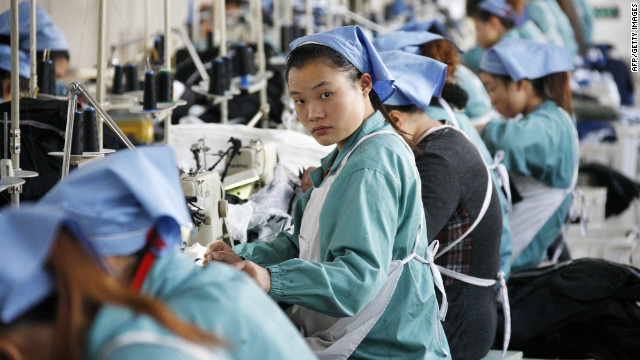|
The Chinese Yuan seemingly pegged to the falling US dollar, it is helping Indian apparel companies find inputs for the products at bargain prices. With order books looking up this year, apparel companies were confident of increased their profit margins for the upcoming season. However, the steady rise of the rupee during the last few months has led them to think about saving input cost by importing fabric from China. "At the moment, exporters are holding orders, but negotiating price for new orders to be executed in the next few months will become difficult," said J N Hinduja, chairman of Gokaldas Images. "While the rupee was weakening, Indian textiles became cheaper so we could source fabrics from within the country. But in the present situation, exporters are exploring the option of sourcing fabrics from China which is 5-10 per cent lower than the Indian rates," he said. For the apparel industry, nearly 60 per cent of its selling price is cost of the fabric. Industry estimates show that close to 60 per cent of the apparel trade sourcing consists of cotton whereas rest comprises of synthetic fibres of which polyester takes a sizeable share. While cotton remains a cost-friendly purchase in India, other fabrics like polyster knit fabric and mixed blend fabrics are lower when imported from China, say exporters. "All Indian fabrics cannot be substituted. Indian cotton has always been low priced. But for other fabrics, there is a thought process coming in of whether we could look at China,"said SS Goenka, Chairman of Go Go International which supplies to brands like VF Corporation, Lee and Marks & Spencer. Industry players feel that the strengthening rupee has delivered a setback to the textile industry which is the country's second largest employer after agriculture and is expected to reach $110 billion by 2015, including $45 billion of exports. "Those who import fabrics are probably better off as cost does come down. The big export houses cannot jump into the domestic segment just because of the market scenario. They will have work on newer strategies to remain competitive in the international market," said P R Roy, president of the Textiles Association of India (TAI). While companies think of making the shift to China, few industry players are voicing concern over such moves. K P Pradeep, CFO of Himatsingka Seide, Bangalore-based woven silk and home furnishings manufacturer and exporter said that companies shouldn't base their decisions on volatility. "We are reacting too fast on the strengthening of the rupee. One can't be moved by a change of 50 paise," he said, adding that that on the long term view of business, it was best to have a risk management policy in place to counter volatility in exchange rates.
|
|
Apparel makers eye China for low cost fabrics
Updated: 2009-10-27 Source: business-standard

Recommended News
Photo Gallery
Most Popular



